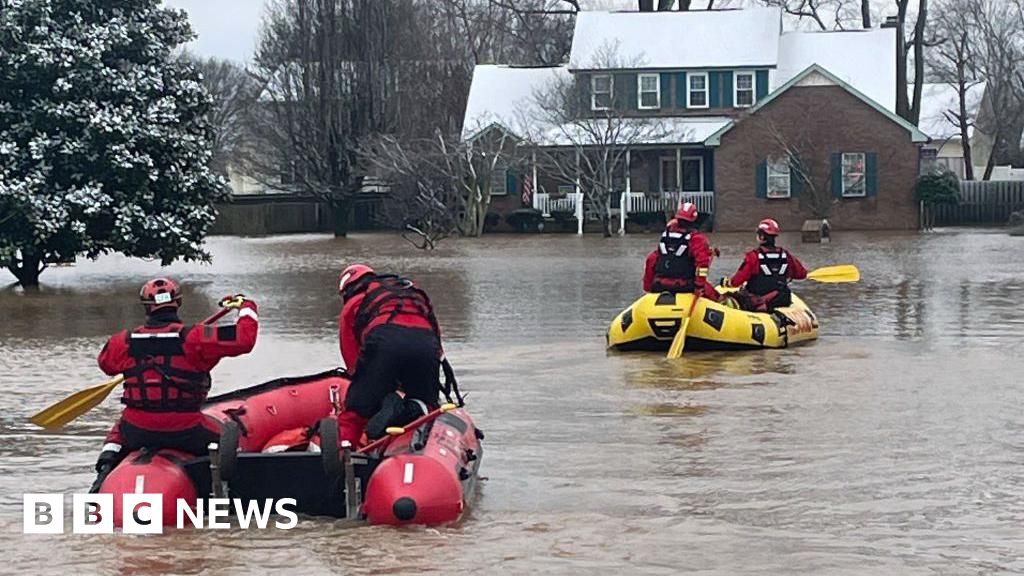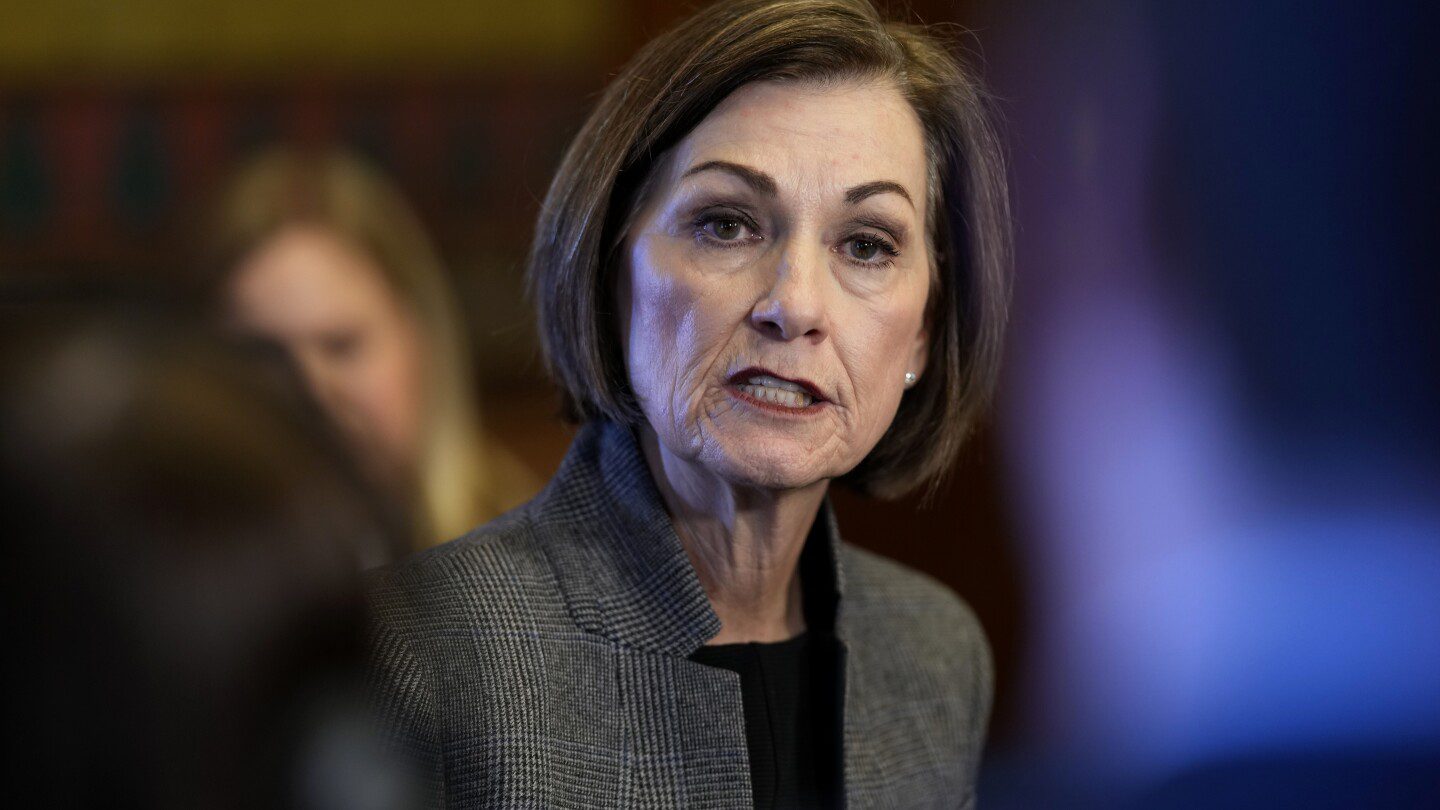
Over the weekend, severe storms led to tragic consequences in the southeastern United States, claiming the lives of at least nine individuals due to intense rainfall that flooded streets and homes.
Kentucky’s Governor, Andy Beshear, reported that eight fatalities occurred within the state, indicating during a Sunday press briefing that this number might increase.
Many residents found themselves stranded in their vehicles amid rising waters, but rescuers managed to reach hundreds. Beshear urged the public to “avoid traveling on the roads for their safety.”
In Georgia, the ninth victim was a man who tragically lost his life when a fallen tree crashed into his home while he slept.
Several states, including Kentucky, Georgia, Alabama, Mississippi, Tennessee, Virginia, West Virginia, and North Carolina, issued storm warnings over the weekend. Most of these regions had already experienced significant damage from Hurricane Helene in September.
According to poweroutage.us, approximately 400,000 residents across these states were without electricity by Sunday afternoon.
Kentucky appeared to be the hardest hit, with a mother and her young son, as well as a 73-year-old man, among those who lost their lives.
Some areas in Kentucky received as much as six inches (15 centimeters) of rain, as noted by the National Weather Service, leading to widespread flooding challenges.
The sudden influx of rainfall caused rivers to swell rapidly, submerging vehicles in deep water, as captured in various online videos.
Governor Beshear announced that more than 300 roads were closed due to the flooding.
He has reached out to the White House, requesting an emergency disaster declaration and federal assistance for the affected communities, as reported by CBS News.
On Sunday, President Donald Trump approved this declaration, allowing the Federal Emergency Management Agency (FEMA) to initiate disaster response efforts.
Officials cautioned that the flooding crisis may continue worsening.
“The rivers are still expected to rise,” Eric Gibson, director of the Kentucky Division of Emergency Management, stated during a Sunday update.
“The impacts of this weather will linger for some time, with swollen streams and persistent flooding,” added Bob Oravec, a senior forecaster with the NWS.
In Obion County, Tennessee, heavy rainfall resulted in the breach of a levee, which led to sudden flooding, as highlighted by a local NWS report on X.
“If you are in the vicinity, SEEK HIGHER GROUND IMMEDIATELY! This is a LIFE-THREATENING situation,” warned the message.
The town of Rives along the Obion River faced significant inundation due to the levee break.
Visuals depict muddy waters rushing over rocks and surrounding trees, as rescue teams navigate flooded neighborhoods in red boats.
In West Virginia, Governor Patrick Morrisey declared a state of emergency for ten counties on Saturday and expanded it to include three more on Sunday.
“Please exercise caution,” Morrisey urged via X.
Kristi Noem, the newly sworn-in head of the Department of Homeland Security, reported that she has been in contact with both Beshear and Morrisey, leaving messages for Tennessee Governor Bill Lee and Alabama Governor Kay Ivey. FEMA operates under her department.
“While local authorities are at the forefront of emergency management, we emphasized that DHS is ready to provide immediate assistance and resources,” Noem stated.
Meanwhile, meteorologists have alerted that a polar vortex is approaching the northern Rocky Mountains and northern Plains, projected to arrive over the weekend.
In Colorado, temperatures may plummet to as low as 14°F (-10°C), prompting the city of Denver to open shelters for the homeless during the weekend.









